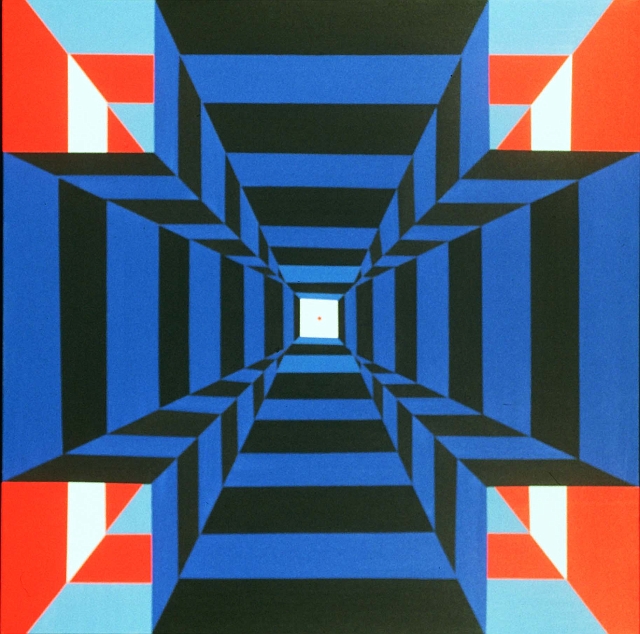|
LITR 4328: American Renaissance .png) |
Model
Assignments Final Exam Essays 2017 (final exam assignment) Sample answers for A1. learning about American Renaissance |
 |
Christa Van Allen
What
I Learned in Boating School is…
Please, pardon my SpongeBob
reference. If you got that, I applaud you. Join me in my silly humor! Now, to
address my growing educational résumé. I am pleasantly surprised with how much I
have gleaned from this semester. American Renaissance is not necessarily a class
I expected to feel engaged in, but the open discussions were very informative
and I was happy to find my voice well received. I found new and interesting
techniques that I could incorporate into my own writing as well, whether it be
scholarly or recreational.
The abridged version of the Romantic period that students are exposed to
in their initial education creates the impression of overly flowery language and
abstract wandering in an aimless direction. It can be that, but only on the
surface level. Looking deeper, you will find symbolic exploration and
occasionally some very thought-provoking questions. I feel that on a
subconscious level, transcendental thinking helps people to work out their
problems by directing their energy to something that is low energy. When your
mind is cleared, suddenly solutions can come up.
I have learned that Romanticism is a style of writing through
contemplation. It carries with it the techniques established in the English
Romantic Era and provides the foundation for the Realist Era. Its subgenres
include the Gothic, the sublime, transcendentalism and prose poetry. Spiritually
oriented European Romanticism is what most recognize when they begin studying
the literature. This is what is most commonly used to tell stories and
exaggerate experiences. For example, the famous
Raven by Edgar Allen Poe. Though an
American poet he still clearly took inspiration from the European style of
Romanticism to build up American Gothicism.
The Raven was a highly symbolic
expression of mourning a lover. It is at once unsettling and then sorrowful when
interpreted.
American Romanticism appears to be the act of expanding a subject to
larger than life extremes and then pulling out a microscope to examine the
minute details. It tends to say, “Okay, so what does this make you think of?
Really? Please elaborate on that.” It is more contemplative in my opinion. If I
had to pick a text that most clearly gave me this impression it would have to be
Nathaniel Hawthorne’s, The Minister’s
Black Veil. Throughout the parable, the reader is equally inspired to
question the parishioners as they are the minister who has taken to the titular
black veil.
By the time it ends we still have no clear answers. Why has this single
change so consumed the town? Did we deserve answers or was it none of our
business? This specific story draws a picture of a gloomy, but kind man who
sought to gently teach his faith. Suddenly his preaching comes off as more
intimidating and powerful. The lesson places grave importance on the simple
ability to see someone’s face. It exemplifies just how impactful taking from
realistic sources can be on your audience. It similarly illustrates the required
excellence in word choice that Romanticism seems to favor.
The Romanticism of the American Renaissance was worth experiencing. I
feel it has improved me as a writer. What techniques Romanticism and its sub
genres impress on the reader are great for achieving a contemplative picture or
telling a highly metaphorical story. I’m happy to have had the opportunity to
engage with others and hear their perspectives on the material. The course was
very clear and concise. It is no wonder why these narratives are considered
classics and it was nice to get an expanded look at the texts attributed to the
era.


